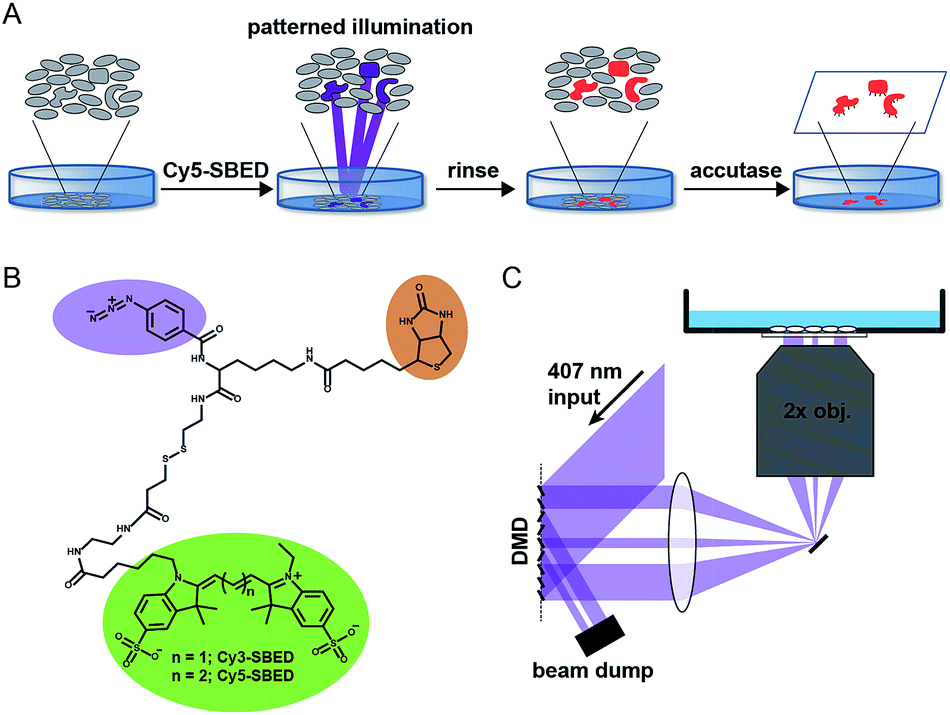


The CAN protocol was designed to address this problem.Īs shown in the above figure, a typical CAN network consists of several nodes. But one of the major problems for automotive engineers as electronics advanced was linking the ECUs of different devices so that real-time information could be exchanged. This worked effectively enough when the functions were basic. Before CAN was used in vehicles, each electronic device was connected to another via wires (or, more specifically, point-to-point wiring).
#Region x protocol software
However, for two or more devices to interact, they must be equipped with hardware and software to properly communicate. Every electronic device has an ECU/MCU (electronic/ microcontrollercontrol unit) with its own set of rules to share and transfer information. It automatically changes a vehicle’s gear in relation to its speed by using data from the engine control unit and various sensors in the system. To ensure this occurs accurately, it “communicates” with the vehicle’s engine control unit, which chooses the ideal time for the ignition to provide the power and fuel efficiency.Īnother example of communication between devices includes that of an automobile’s transmission-control unit.

A spark-ignition engine, for instance, requires a spark to initiate the combustion chamber. Auto engineers were often given the task of incorporating such devices, ensuring they worked without errors.ĬAN simplified the process, whereby different electronic modules could communicate with each other by using a common cable.Ī vehicle contains a network of electronic devices that share data and information with one another. For example, electronics offered more features and complexities, including the ability to “communicate” between devices. This was significant because developments in the electronics and semiconductor industries at the time led to new technologies but also challenges for engineers in the auto industry. The idea was initiated by Robert Bosch GmbH in 1983 to improve the quality and safety of automobiles, enhancing automobile reliability and fuel efficiency.īosch’s CAN protocol, first released in 1986, also provided advancements in communication. The Controller area network or CAN protocol is a method of communication between electronic devices embedded in a vehicle, such as the engine-management systems, active suspension, central locking, air conditioning, airbags, etc.


 0 kommentar(er)
0 kommentar(er)
